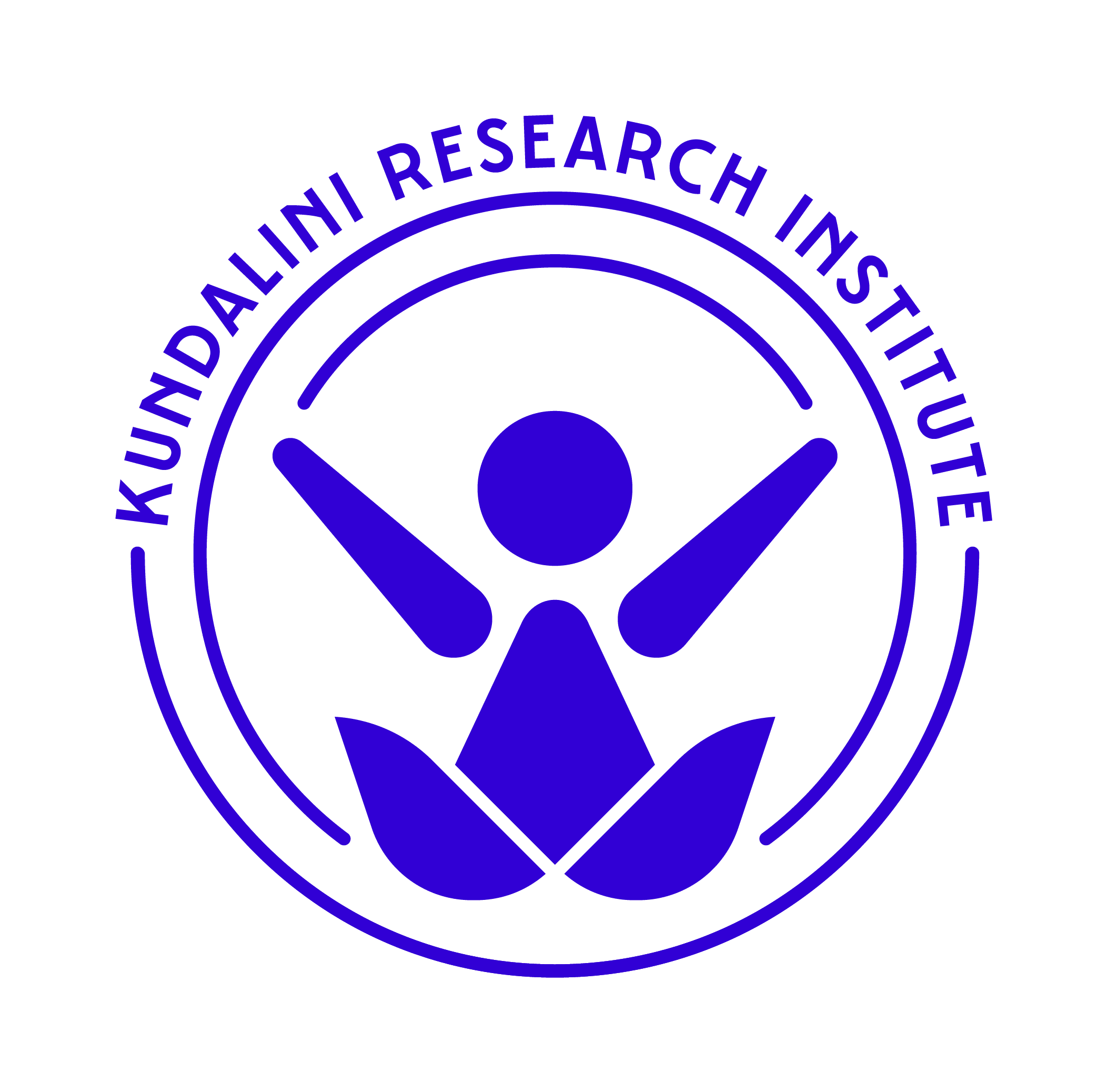by Sat Bir Singh Khalsa , Ph.D.

There are credible strategies with reasonable supportive research evidence for the prevention of upper respiratory tract infections (URTI’s), including yoga and other mind-body practices, which can enhance immunity and disease resistance while reducing their risk of occurrence, incidence/frequency as well as their severity and duration. However, the cure for the common cold virus, once you have it, has been elusive. At most, existing treatments in both conventional and complementary/traditional medicine have only been able to either manage the symptoms to relieve discomfort or possibly shorten the duration and or severity of URTI. For example, there is arguable evidence for the efficacy of vitamin C, echinacea, and zinc.

Although there are no published research studies of significance that have demonstrated the efficacy of mind-body practices, such as yoga, for reducing the duration or severity of an existing cold, recommendations for specific yoga practices and postures can be found in abundance with an internet search. It is likely that postures, breathing techniques, relaxation, and meditation can provide some symptom relief associated with the well-known benefits of these practices on stress, mood, and well-being that are of value with any disease. Given the efficacy of these practices as prevention in reducing URTI frequency and severity, likely through enhancement of immune function, it is conceivable that mind-body practices may also reduce the duration and severity once a URTI has started, but the research to evaluate this is yet to be done.
There is an ancient ancillary yoga practice that may have efficacy for the treatment of an existing acute URTI, and that is known as Jala Neti Kriya, practiced regularly by many regular yoga practitioners. Referred to in the medical literature as nasal saline irrigation (NSI), it involves flushing of the nasal passages with a saltwater solution commonly using a neti pot. There is good evidence that this practice is useful for allergic rhinitis and sinusitis, and studies are showing that it actually prevents the occurrence, incidence/frequency as well as the severity and duration of URTI’s. Proposed mechanisms as to how NSI may address acute URTI symptoms have been described in a 2015 Cochrane systematic review published by an Australian research team and include: “clearing excess mucus, reducing congestion and improving breathing. It is thought to improve mucociliary clearance by increasing the ciliary beat frequency. As well as relieving sinonasal symptoms, saline irrigation may remove infectious material from the sinuses and reduce cough associated with postnasal drip.” This review evaluated five published randomized controlled trials (RCTs) of NSI in participants with acute URTI’s and concluded that there is limited evidence for benefit on symptoms. Two of the evaluated trials reported a reduction in the outcome of time to resolution of URTI symptoms but it was not clinically significant. One trial showed multiple statistically significant outcomes for the NSI group at follow-up, including reduction of sore throat, nasal secretion and secretion type, nasal breathing score, and a health status score. A more recent systematic review for SNI treatment of acute URTI in children and infants published in the journal Pediatric Respiratory Reviews analyzed four RCTs. The authors concluded that “Quantitative analysis of the trials showed that SNI is beneficial in the treatment of certain rhinological symptoms. It appears to reduce the incidence of URTI and its complications in the acute phase and in the long term.” However, they did not find benefit for respiratory symptoms.
Perhaps the most convincing RCT study of SNI for the treatment of the common cold was led by Dr. Sandeep Ramalingam of the Royal Infirmary of Edinburgh in the UK and published in the journal Scientific Reports in 2019. In that study, 33 otherwise healthy participants who were studied within 48 hours of the onset of a URTI and practiced regular SNI reported multiple symptoms in a diary and took nasal swabs for analysis of the virus. The intervention arm subjects showed a significant average reduction in illness duration of 1.9 days, in the duration of runny nose of 1.8 days, in blocked nose of 2.7 days, in sneezing of 1.5 days, in cough of 2.4 days, and in hoarseness of voice of 1.7 days. Furthermore, both over-the-counter medication use and the degree of URTI transmission to others within their household contacts both dropped significantly by 36 percent and 35 percent, respectively. Finally, the objective outcome measure of viral shedding (when a virus replicates inside your body and is released into the environment) from the analysis of the swabs was also significantly reduced, suggesting an inhibitory effect of SNI on the virus activity itself. Interestingly, given the pandemic of COVID-19 (a coronavirus), the authors analyzed a subset of subjects in the trial who had different coronaviruses during the study, and in a paper entitled “Hypertonic saline nasal irrigation and gargling should be considered as a treatment option for COVID-19” in the Journal of Global Health, reported that these subjects had similar improvements as all of the other participants in the 2019 study. Furthermore, they also referenced their elegantly conducted in vitro laboratory research trials on the effect of the salt (NaCl; sodium chloride) in SNI on viral activity. In those studies, they found that NaCl has an antiviral effect that works across viral types in a mechanism in which the chloride ion is shown to enter the cells, which then leads to the production of hypochlorous acid by the cell, which is the active ingredient in bleach that is well known to inhibit viral activity. These results appear highly timely and significant, although the authors cautiously concluded that, “It is unclear if hypertonic saline nasal irrigation and gargling is also effective in COVID-19 caused by SARS-CoV-2; a trial is therefore urgently needed.” Given the lack of known treatments effective for acute URTIs, the benefits of both the mind-body practices and the Jala Neti SNI technique within yoga practices appear to have significant potential as nonpharmacological treatments with very low risk of side effects that are both simple and easy to perform. There appears to be significant future research potential for these approaches to URTI treatment.
Sat Bir Singh Khalsa, Ph.D. is the KRI Director of Research, Research Director for the Kripalu Center for Yoga & Health, and Assistant Professor of Medicine at Harvard Medical School. He has practiced a Kundalini Yoga lifestyle since 1973 and is a KRI certified Kundalini Yoga instructor. He has conducted research on yoga for insomnia, stress, anxiety disorders, and yoga in public schools, he is editor in chief of the International Journal of Yoga Therapy and The Principles and Practice of Yoga in Health Care and author of the Harvard Medical School ebook Your Brain on Yoga.
Teacher

KRI is a non-profit organization that holds the teachings of Yogi Bhajan and provides accessible and relevant resources to teachers and students of Kundalini Yoga.


 Français
Français Deutsch
Deutsch Italiano
Italiano Português
Português Español
Español 简体中文
简体中文
More Related Blogs